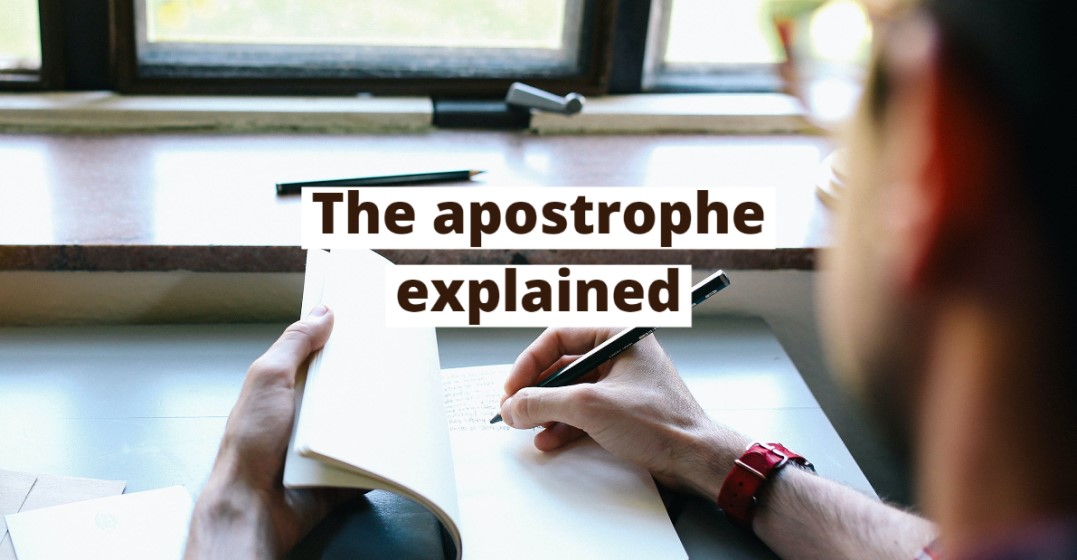Common apostrophe mistakes
Published on May 10, 2020 / Updated on January 9, 2024
The apostrophe must be used correctly and if not used, can sometimes mess up the meaning of a whole sentence. They seem to be misused a lot and many people struggle on how to rightly use them. Even as a native speaker, it can get difficult to get your head around the apostrophe usage!
So we’ve compiled some tips on how to use the apostrophe according to British English standards. Now you can learn it quickly and avoid any apostrophe catastrophes!
Here’s the apostrophe explained in three simple ways:
The most common usage of an apostrophe is to connect two words. It’s a modern way of shortening sentences and getting to the point. Above, it has (also could be shortened to it’s!) been already used twice to connect “we” and “have” as well as “here” and “is”. Therefore, the apostrophe is used to leave out one or more letters to make sentences and conversations flow.
Some more examples include:
“She won’t go out tonight” (will not – won’t)
“She can’t go out tonight” (cannot – can’t)
Pro tip: The apostrophe is also used to connect the past tense. For example:
“He’s been to the doctors this week” or “He’d been to the doctors”
According to Vox, possessiveness is the best use of an apostrophe. When showing someone owns something or is in close relation with it, we use an apostrophe. For example:
“Jack’s car is parked over there” or “Is that Jack’s car parked over there?”
However, be careful because with names ending with s, you either add an extra s or add an apostrophe after the s:
“Charles’s car is parked outside the window” or “Charles’ car is parked outside the window”
When the noun is plural, the apostrophe comes after the S like: “The teachers’ meeting”.
Irregular plural words abide by the same rule: “The children’s free time”.
The apostrophe explains the duration of time. There are two different usages here:
We use an apostrophe + s to show duration, such as: “A blog post involves at least an hour’s work”.
We use an apostrophe after the s when the time noun is plural, for example: “It was just ten minutes’ walk from my house to the supermarket”.
Another usage of the apostrophe concerning time is when we refer to o’clock, like:
“It’s two o’clock”
Remember “it’s” can also be written as it is in the above example!
So there you have the apostrophe explained in three common usages. Getting the apostrophe right isn’t that hard once you get the hang of it. It doesn’t take much effort and you’ll notice them popping up everywhere from now on!
If you’d like to perfect your English grammar, or practise speaking with English teachers, then visit the Lingoda website and sign up for your free 7-day trial today!
